If I was in middle or high school then The Changing Man is the sort of book that I would’ve loved. It operates on a more mature level than Goosebumps. It oozes teen paranoia and angst on the pore of every greasy page. The characters are typical teens who don’t trust anyone over 20, but know that they have to acknowledge them and sometimes seek guidance when long-dormant problems rear their heads. More than anything, my teenage soul (and the erstwhile reader) would crave the horror, the monsters and the creatures that I know exist in the book, if only they can reveal themselves at the right time.
Teens 14-18, this is your jamAuthor: Daddy Mojo
Tee Time on the Moon, an illustrated book with eyes on a bigger prize
At times, science should be silly, especially if your audience is young and needs to look at things from a different angle. This is the angle that asks questions you’ve never thought about. It’s the sly questioning of whether or not there’s a rhinoceros in the room or a STEM-based story about the time an astronaut played golf on the moon. Tee Time on the Moon is an illustrated book aimed at early to mid-elementary school audiences, but whose curious nature will lend itself to those slightly younger, in addition to older than that. This is due to the left-field thinking that kids would have as to playing golf on the moon. However, the book’s layout also lends itself to welcoming young readers who might be intimidated by the story or the text that they see as out of this world.
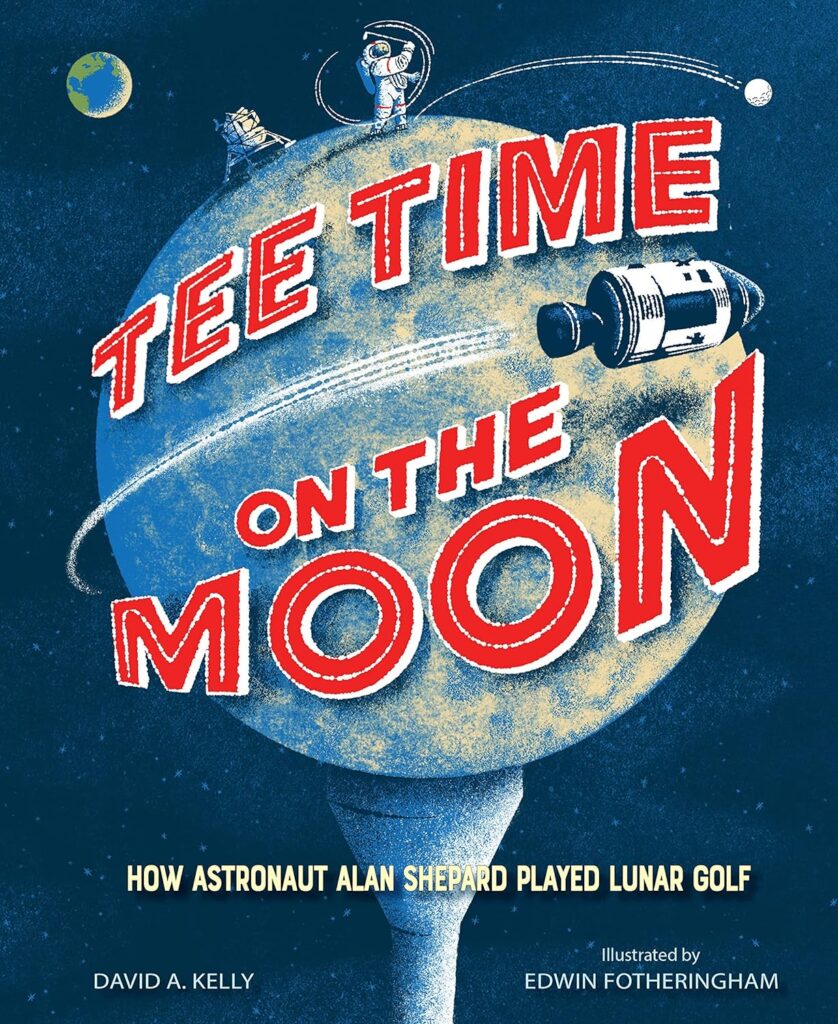
Beulah has a Hunch!, bygone innovations and their unlikely shepherd
Oh Beulah, you always have a hunch. When I read to younger elementary school audiences I love books like Beulah has a Hunch! Inside the Colorful Mind of Master Inventor Beulah Louise Henry, and so do those young audiences. It’s a real story and is one of the first instances of a non-fiction illustrated book that pre-k and early elementary will experience, and we do love some non-fiction. However, non-fiction is only as good as its enjoyment to those elementary ages. This is where the illustrations; combined with the zippy vibe of the book make Beulah has a Hunch! a fun time that won’t tax their time and just might inspire their imagination.

Wings, Waves & Webs: Patterns in Nature, to wonder and dream
If I taught a photography class I would issue this challenge to my students. First off, they’d get two shots and neither of them could use a filter or emoji. Now that I’ve eliminated 80% of the people who would enroll in the class, here’s the challenge. Take a photograph in this room of something creative, beautiful, startling or odd. You’re only able to use what’s in the room and can’t move things around or otherwise stage the photo. The point to the exercise is that there is beauty all around us, it’s just that sometimes you have to look for it, squint your eyes or tilt your head. Wings, Waves & Webs: Patterns in Nature is an illustrated book that jumps knee-deep into the world of observation, as it can be seen by elementary school ages.
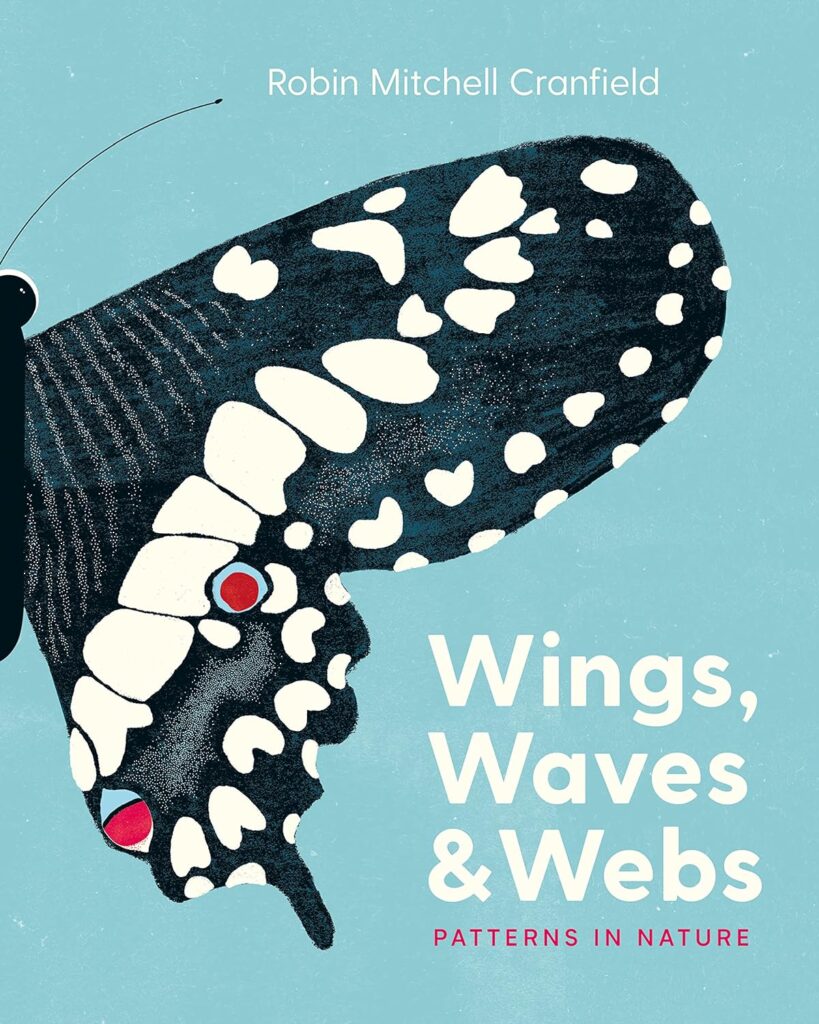
The Afterlife of the Party, a sequel stuck in purgatory
Maybe I need a vacation, maybe. I ask myself that when an mglit book that I’m reading is challenging to get through. It’s a saying that I echo even more so when it’s the second book in a series to which I really enjoyed the first one. The Afterlife of the Party is an mglit book that I should have loved. Grounded For All Eternity is an mglit book that we really enjoyed. In theory, a sequel would’ve been one that resonated as quickly with us, but that wasn’t the case, and I’m not sure why.
Great illustration, book doesn’t measure upThe Skull, all bones that classically crackle with dread for lower elementary
Emerging readers want a sense of mystery. They want dark tales that are just enough to make them imagine what goes bump in the night, before squinting at them just enough to let them know that everything is fine. It’s the aura of a book that has age-appropriate dread or genuine curiosity. This allows their young imagination to fill in the blanks, which can be infinitely scarier than the text that they’re reading. The Skull is a perfect example of the feeling that kids want, and in many cases need. Aside from the title which inspires creepy questions in its own right, the book’s cover has a little girl hiding behind a big tree that’s been dusted with snow as she’s holding a skull. The background light is a soft pink that’s happening just around the sunset golden hour and it’s a place that you want to be.
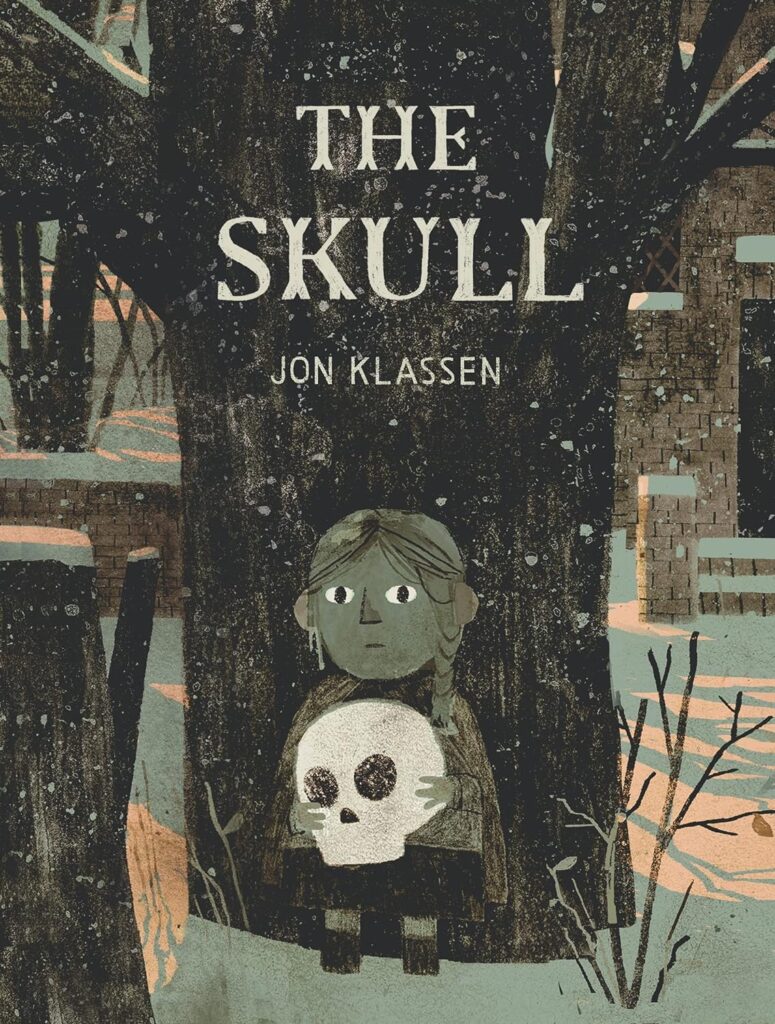
Ludwig and the Rhinoceros, I Kant escape how clever this book is
After reading Ludwig and the Rhinoceros audiences, those young readers who were most likely having it read to them might have some questions, and that’s okay. As a teacher, and as a parent, unless it’s 9:00 and time for them to go to bed, I love questions. However, Ludwig and the Rhinoceros is an illustrated book, a brightly illustrated one at that, about Ludwig, a young boy and his imaginary large mammal friend. Elementary ages have seen books on imaginary friends before, what makes Ludwig and the Rhinoceros so much fun, in addition to feeling like a classic illustrated book that you’ve seen in your youth, is that it takes its talking points from a real-life person.
Great illustrated book/primer on critical thought-it’s all goodA Sky of Paper Stars, an imaginative graphic novel on grieving and death
Kids of a certain age think that everything revolves around them. Heck, some adults haven’t realized it yet and still think that everything revolves around them. They’re the only one who has experienced whatever circumstance they’re wrestling with and nobody is capable of understanding or relating to their issues. I was that way as a kid and I see children in classrooms every day who are wrangling with those same emotions. A Sky of Paper Stars by Susie Yi is a graphic novel that tackles all of that, with a side order of cultural differences, maybe a yokai and a death in the family. It blends all of those things together, with an added sense of wonder to create a book that gives you the feels and makes you think.
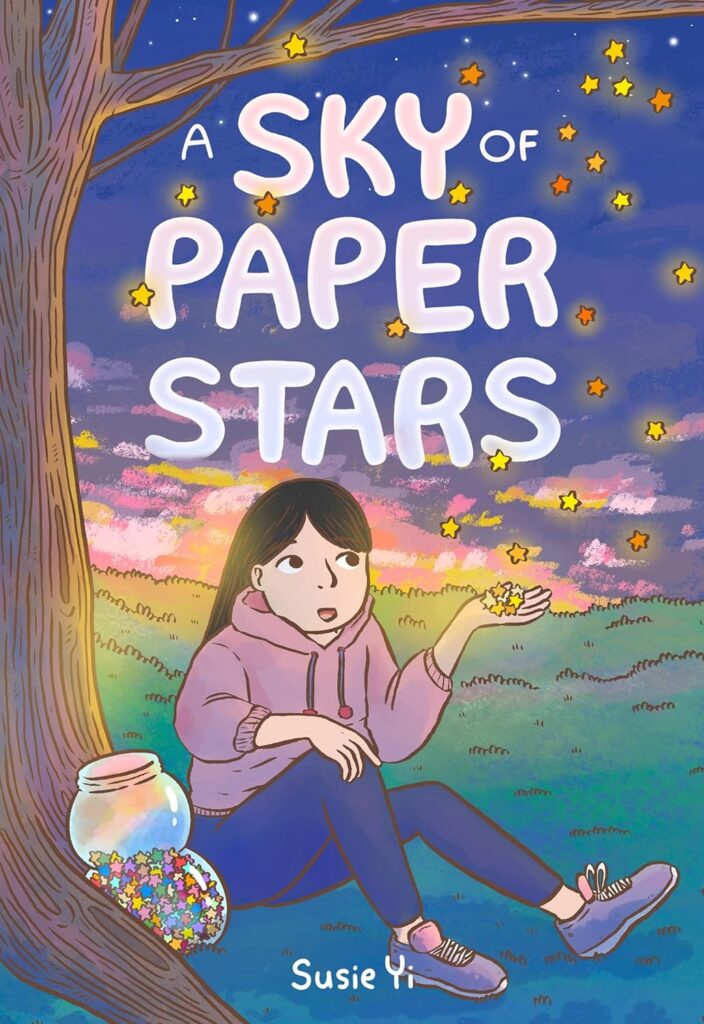

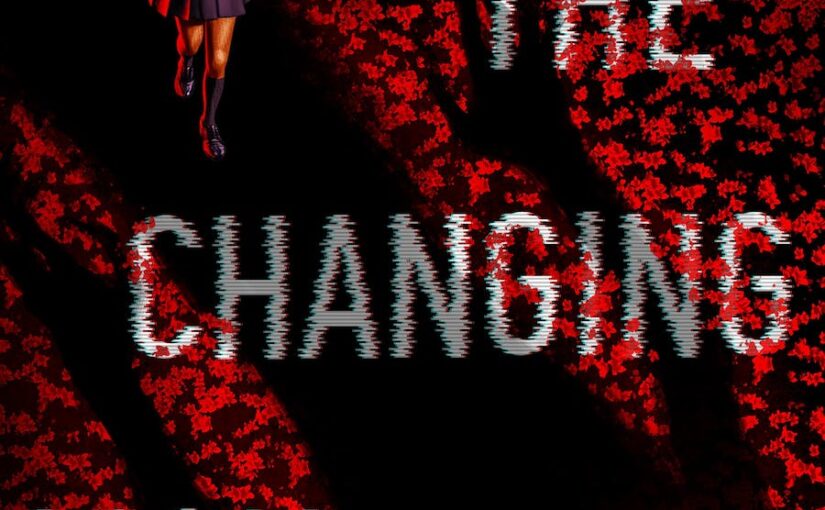

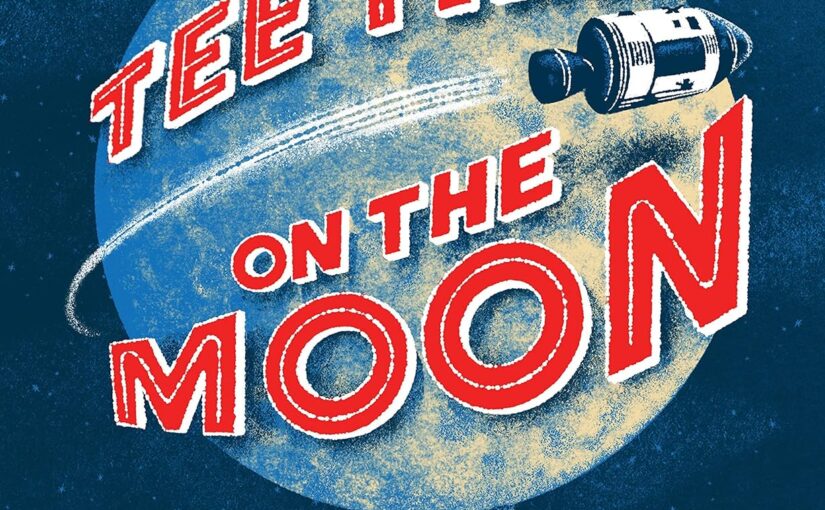

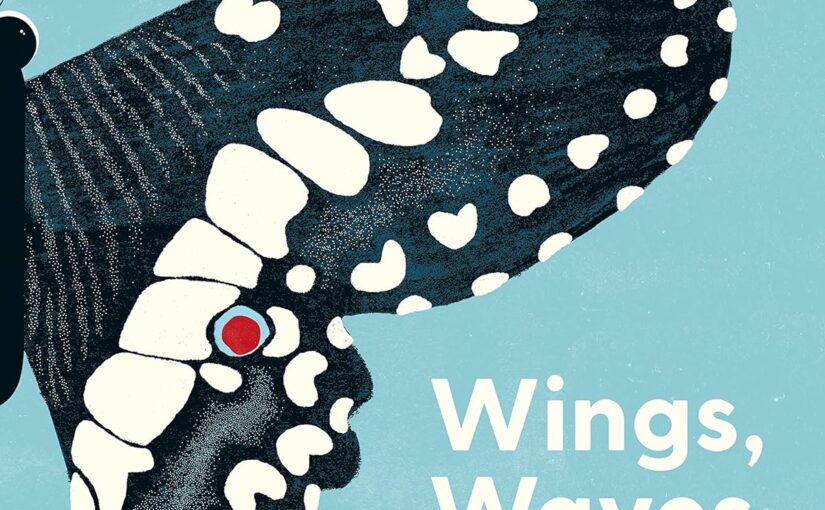
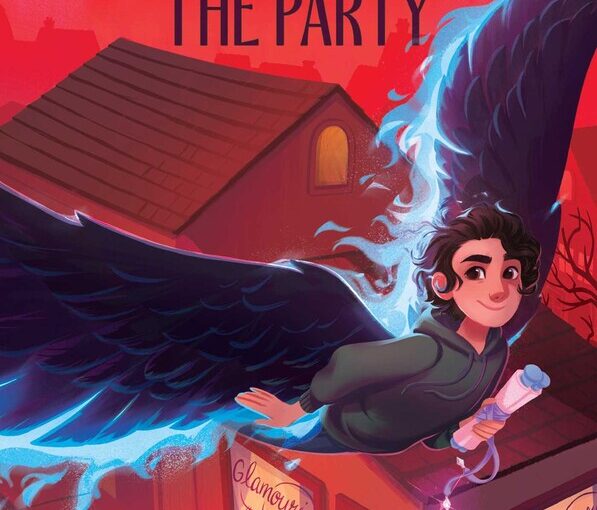
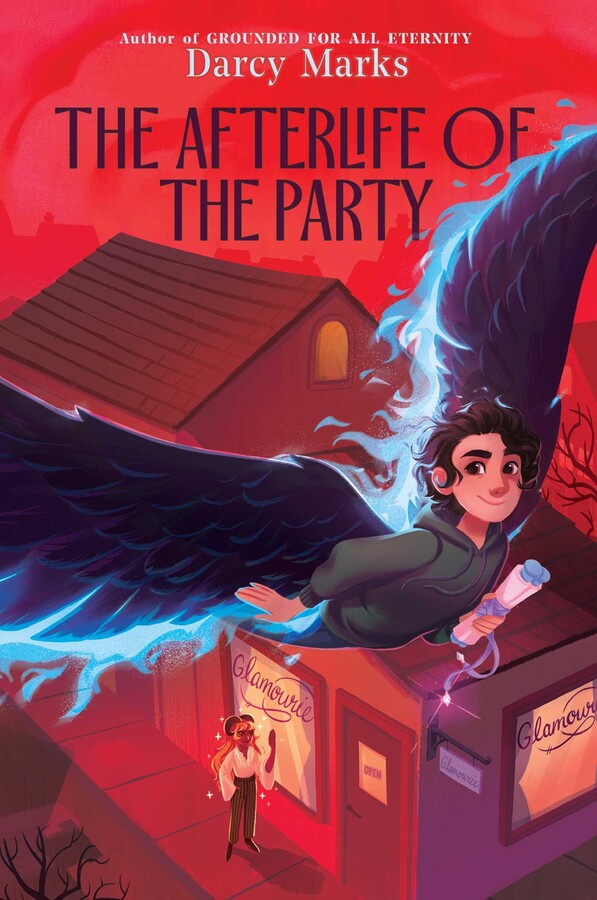
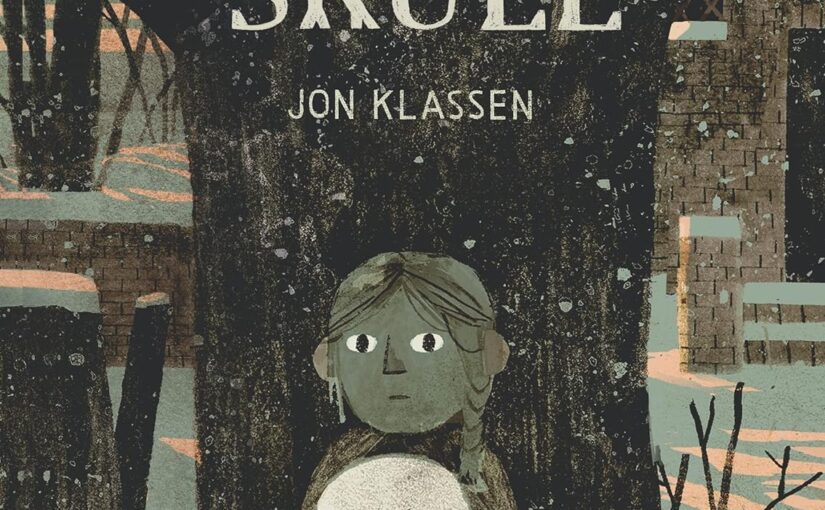
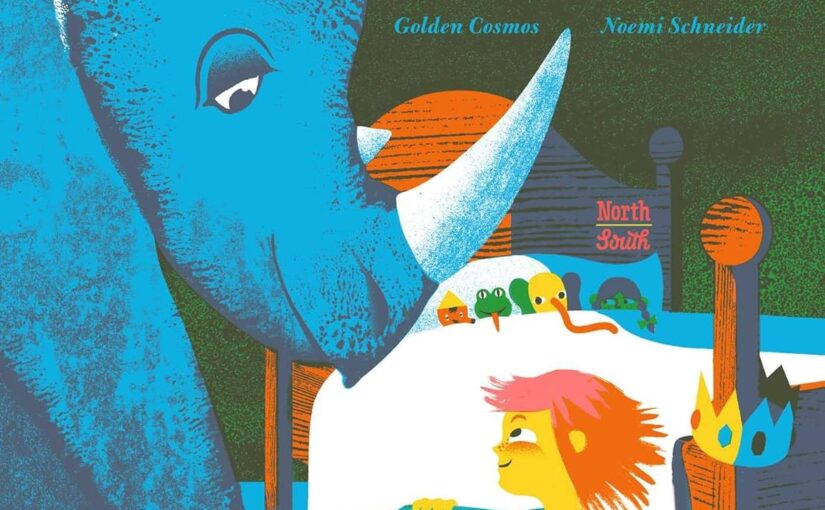
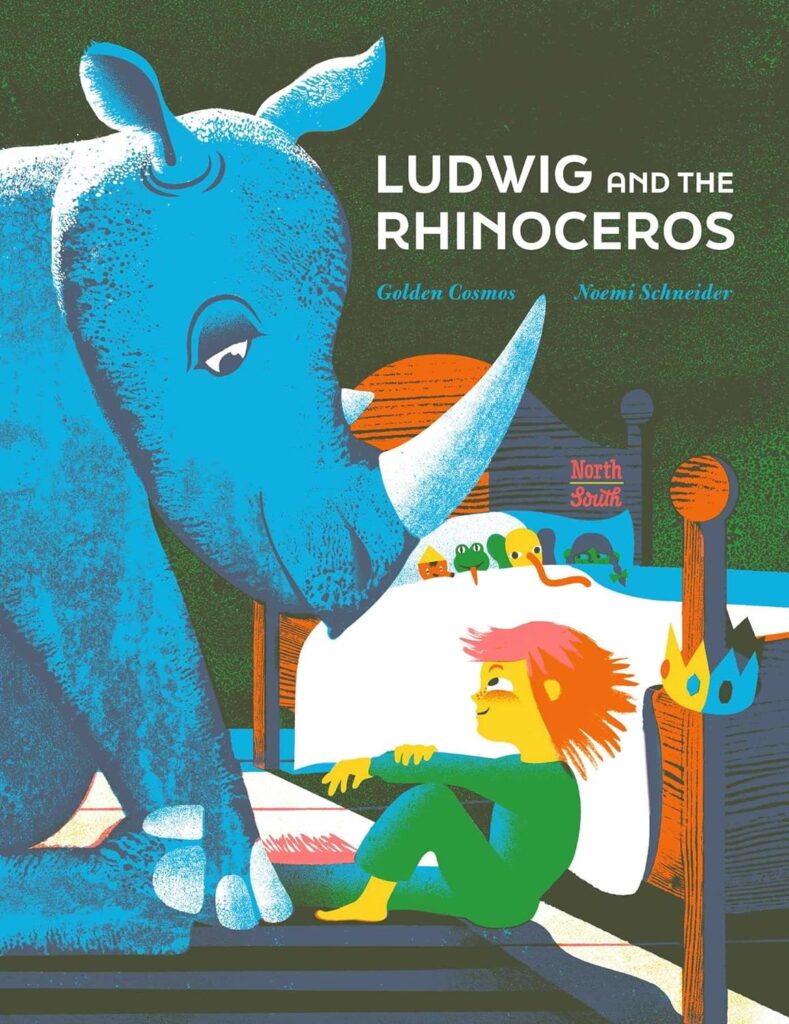
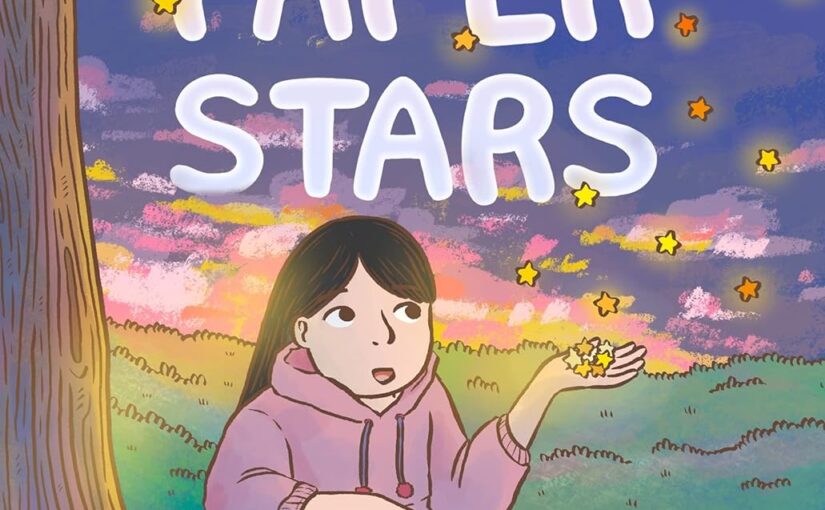


 Facebook
Facebook Twitter
Twitter Flickr
Flickr GooglePlus
GooglePlus Youtube
Youtube